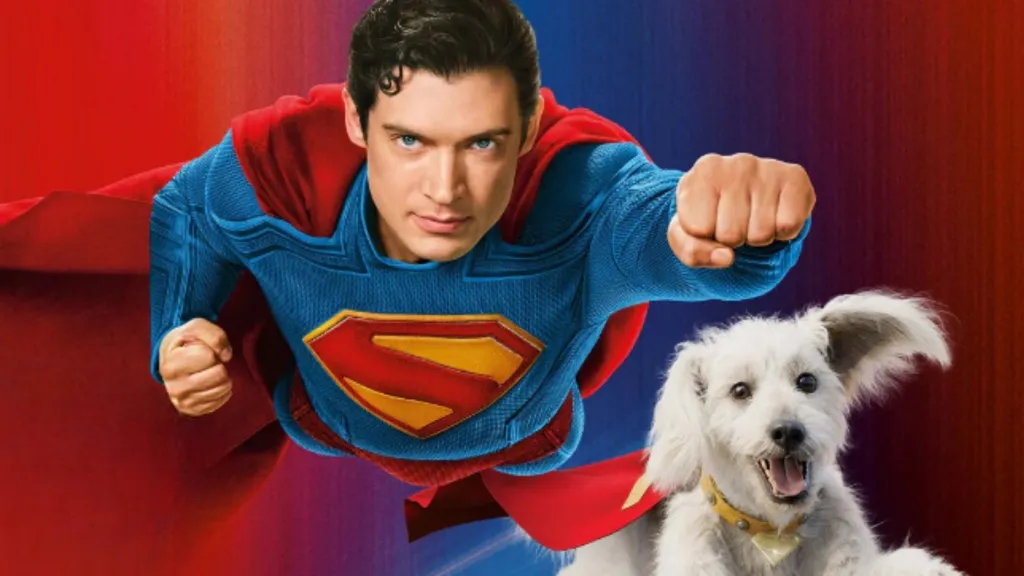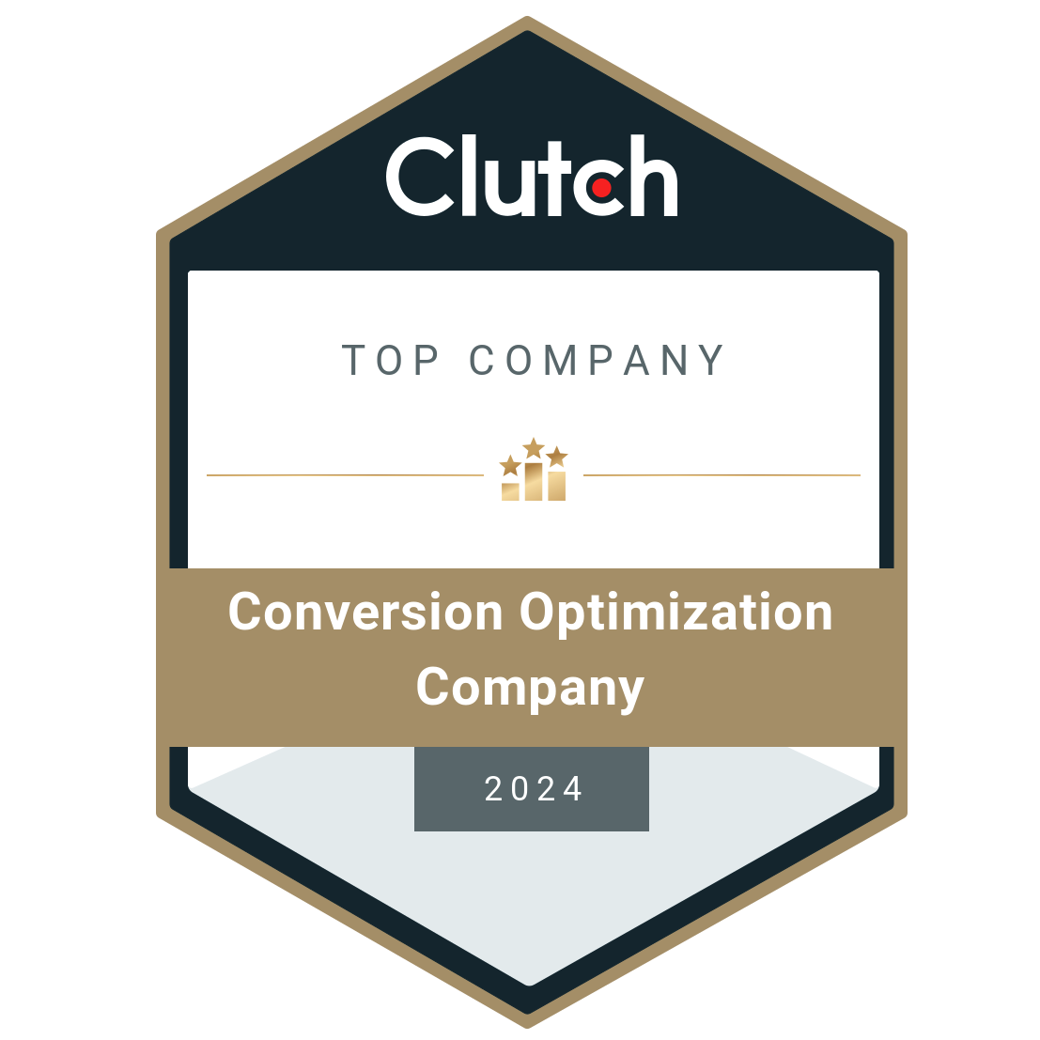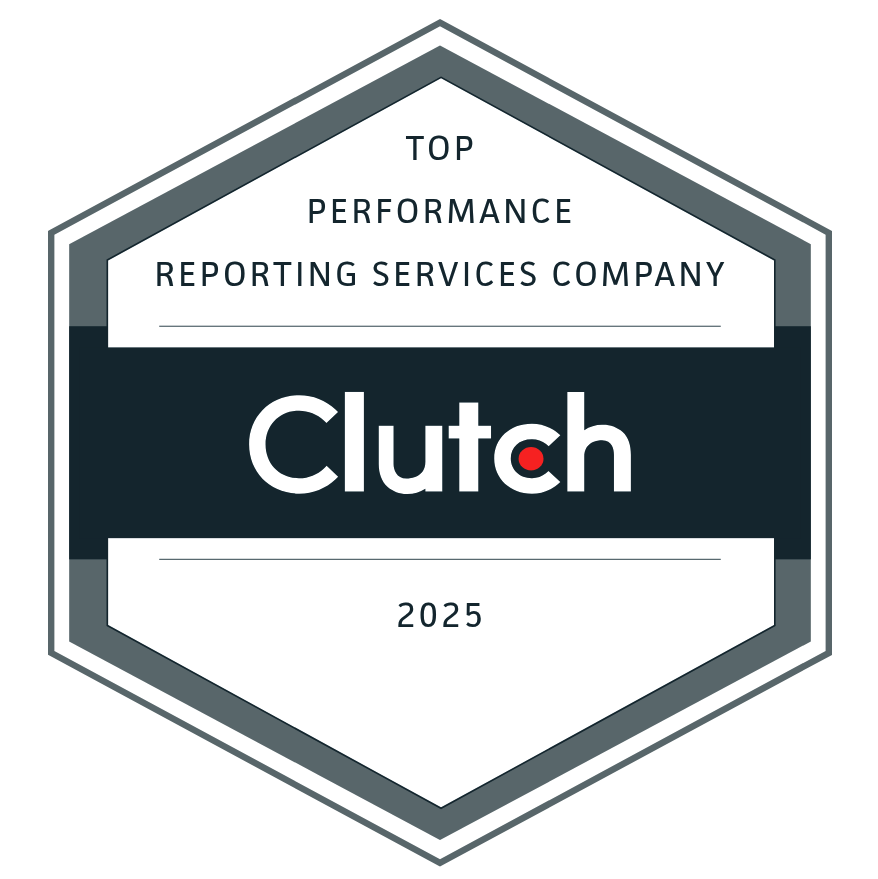What Superman’s Dog Teaches Us About Customer Expectations and CRO
Superman’s sidekick dog might have missed the mark, but it offers a powerful lesson for businesses: meeting customer expectations is crucial for success. Discover how understanding your audience’s expectations can improve CRO and user experience.
My son and I saw the new Superman movie last weekend. I found it mostly enjoyable. My son loved it, which gives it an automatic W in my book.
We disagreed, though, on one key aspect. He was crazy for the dog character. I pretty much despised the thing. Everything it did was irritating to Superman, but he was loyal to a fault, even as the dog screwed up over and over again. What I really wanted was for Superman to just lock him up and keep him out of the way.
I’ve boiled my issues down to three main points: The dog went against people’s expectations for Superman’s sidekick, expectations for super heroes in general, and most importantly, what people find endearing about man’s best friend. And I want to talk about why understanding expectations, and meeting them, are so important not just in superhero movies but in business as well.
First, he's Superman's dog, so it’s natural for the audience to apply the same set of values to both Superman and his canine companion. Superman is the ultimate do-gooder, altruistic to a fault. Several times in the movie, as he faced serious adversity, I found myself saying, “Good thing he’s a better person than me.” It would have been so easy to give up after the entire world turned against you…but he’s Superman. He’s held himself to a higher standard since he was your great-grandparents’ Superman in 1938. The dog's behavior wasn't quite antithetical to all this, but it clashed enough to cause friction in my movie experience.
Second, the dog wears “the cape,” and with that comes a whole host of behavioral and moral expectations. The movie ignored all of these, instead giving us a sidekick that belongs in the next Deadpool movie. Everything the dog did was in pursuit of selfish interests. He wears the cape. He’s supposed to help Superman. And so yes, he’s held to a different standard. Come to think of it, I wouldn’t enjoy the dog in a Deadpool movie either. I think Deadpool would probably do what I was hoping Superman would do in the first five minutes of the movie.
Finally: A dog is man's best friend. This is a non-negotiable — and this is the one that really bothered me. If we’re just rating this dog in terms of being a good pet and companion, it earns an F. Disobedient, unreliable, and dangerous to the owner. Spoiler alert, but the only reason he helped Superman succeed in the end came down to Superman capitalizing on how horrible of a dog he is.
Why does any of this matter? And how does it have anything to do with CRO? It’s relevant because it highlights the importance of your customer’s expectations. As a business owner, your customer experience data only makes sense within the context of your customers’ expectations. The user experience must be viewed through the lens of what your customers expect to see, or what they expect to happen. Otherwise, you risk running against the grain of long-standing and well-established heuristics. People expect free shipping because of Amazon (technically not free, but let’s pretend since it feels that way). If you want to buck that expectation, then you better overperform elsewhere or have a very good reason why. People expect a dog, or a super-hero dog, and especially Superman’s dog, to be the spitting image of Superman with fur. If you go in a different direction, the dog better be adorable, hilarious, or have some other endearing quality that helps you overlook it being a horrible pet. People expect descriptive product images and thousands upon thousands of reviews. If you don’t have social proof, then you'd better be able to explain why. My displeasure with Super dog follows this line of thinking. My expectations were shattered, and I wasn’t able to recover.
This is true even if you’ve got a brilliant idea, and even after you’ve spent a fortune on its creation and development (i.e. you’ve already made the movie). You might love something your customers hate. Cramming it down their throats, and hoping they see what you see, is a mistake. You need to view that investment as a sunk cost. The money is already spent. Deploying a bad idea despite the red flags can sink the entire ship.
I don’t know if Superman, which is doing just fine at the box office, would have done any better if the dog character had been less of an asshole. I can’t say it’s spoiled me on the brand; Superman means too much to me to give up on it so easily. But man, I really hated that damn dog, and I know I wasn’t the only one.
That, really, is the moral of the story: A 113-year-old superhero is powerful enough to contradict his fans’ (read: customers’) expectations at least a couple times over that long history. But if you’re not Superman, tread carefully. Work to understand what people truly want. Then do your best to give it to them.




.avif)




















